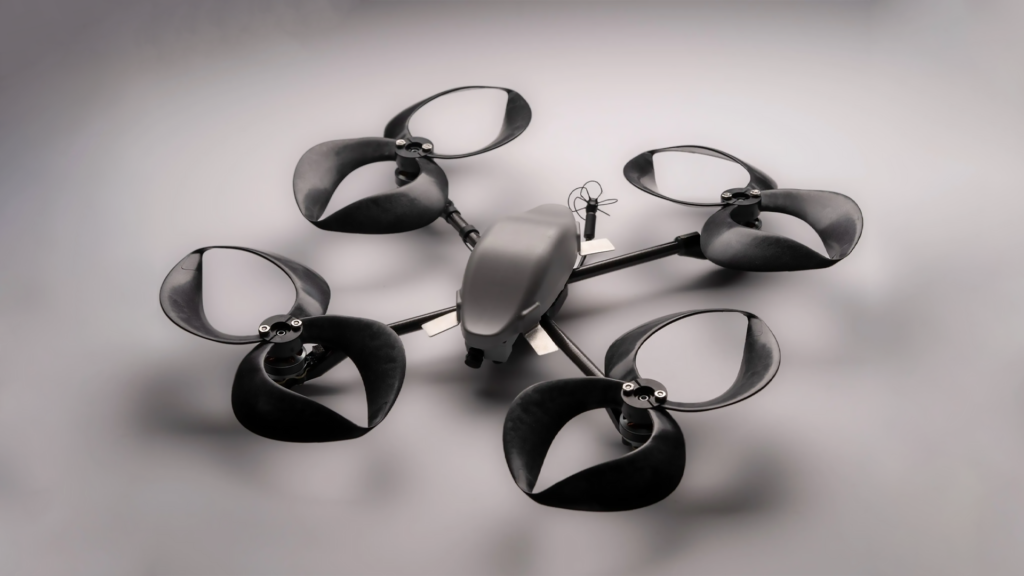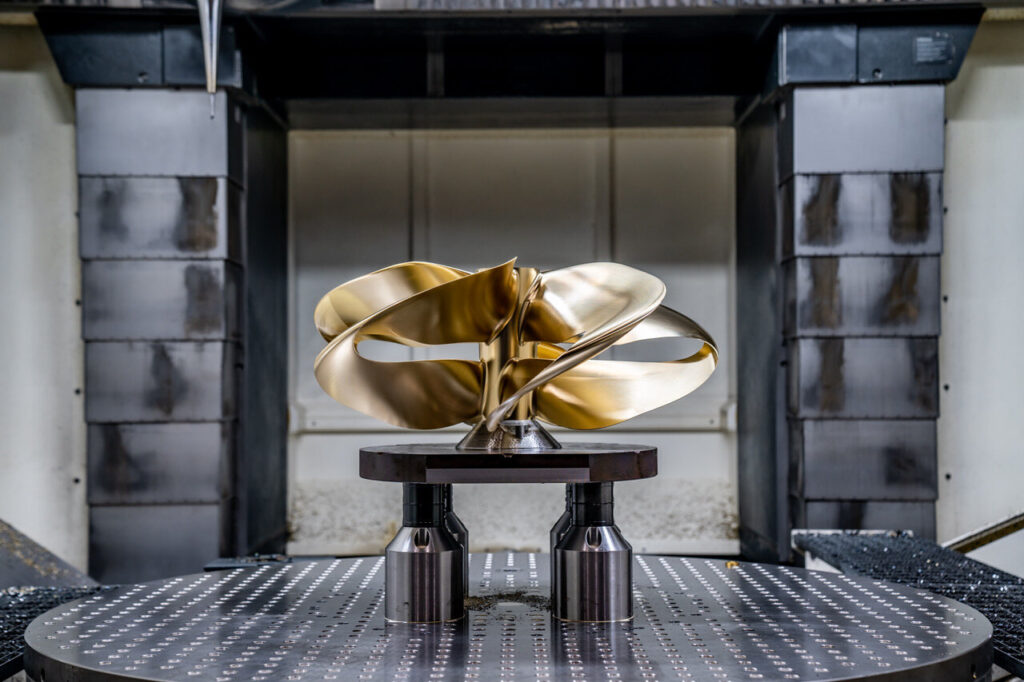
Could toroidal propellers make it easier to adopt drones for public services?
“Reduced sound levels allowed toroidal-propeller-equipped drones to operate without taxing human hearing at a distance half that of typical operation.”
– MIT Lincoln Laboratory | Innovation Highlight

Ever since drones hit the commercial market, their adoptation to perform large-scale operations pushes their technological progress forward. The main-components have seen a lot of development such as improved battery life, better GPS accuracy and functionality, advanced obstacle avoidance sensory systems and improved imaging sensors such as thermal and multispectral imagery.
Toroidal propellers prove that there is still significant progress toward a future where drones could be a part of everyday life without disturbing their enviroment with loud sharp noises from their propellers. Watch the video from the Lincoln Laboratory here:
Even though manufacturers have come a long way with removing a lot of high-frequency noise such as DJI’s Low-Noise Propellers on the Mavic and Phantom Series. The main issue according to research done by NASA, is that drone-noise shows to be the most annoying noise from any vehicle for a human. Something that indicates that drone-noise could result in annoyance and prevent drones from entering public-services like deliveries in populated areas.

Drones would be a great tool for delivery of health-supplies in larger cities where a helicopter or an ambulance would use too much time, or struggle to reach their destination. Drones having the benefit of being smaller allows them to traverse in tight and hard-to-reach areas whilst using far less time taking off and landing. By suppressing their noise these tasks could be performed without creating a “swarm of bees” over the populated areas.
The toroidal propellers also show that they can be just as power-efficient as a regular propeller, and create the same amount of thrust without any added weight. Toroidal propellers are already in use on marine engines with a reported 30% increased efficiency between 2500-4000RPM according to the manufacturer Sharrow Marine. This shows that the toroidal design could have a lot going for it, and with further research there might be a change in how we think about propellers in the future.

It would be interesting to see if there is any way to make the toroidal propellers perform similarly on a drone. Perhaps a future design where the propeller is able to produce additional lift, without adding weight or increasing power consumption. Something that would potentially provide prolonged battery life as the drone would be able to perform to the same extent as traditional propellers with a lower RPM. Either way it seems that the toroidal propeller might solve an auditory issue for the next generation of drones.
Other stories
We keep you up to date!
Leave a Comment